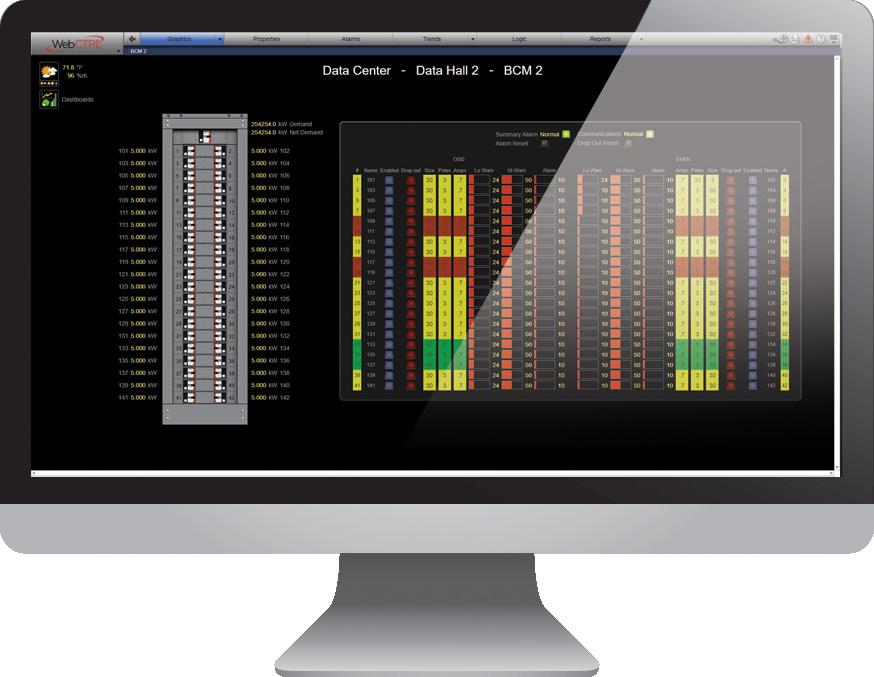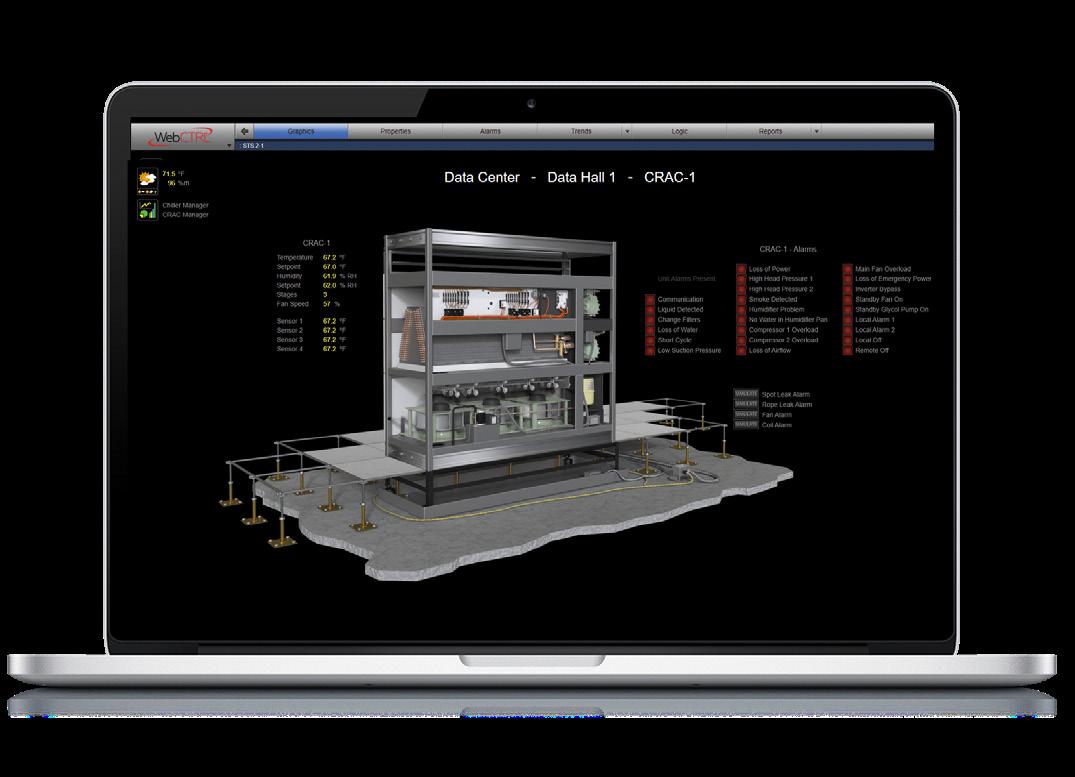
1 minute read
THE GRID




nergy network modernisation is a critical factor facing the sector today. Easing reliance on central grids comes in the form of microgrids – local electrical grids that act as a single, controllable entity – and smart grids, which take form in the utilisation of digital communications technology to better manage networks. The transition away from centralised power plants towards decentralised or better distributed power plants is characterised by lower capital requirements and reduced dependence on fossil fuels.
The demand for electricity is expected to increase by approximately 40% between 2012 and 2030 due to population and economic growth.





To meet this demand, there is a shift towards decentralised power plants such as microgrids, which have lower capital requirements and reduced reliance on fossil fuels. Microgrids provide society with continuous, efficient, cheap and clean sources of energy. They are made up of distributed generators, energy storage systems and flexible loads, and when integrated with a smart grid, can provide a secure and stable electricity supply.
The macro impacts of microgrids for sustainability
A major player within the realm of microgrids, Siemens believes that the












